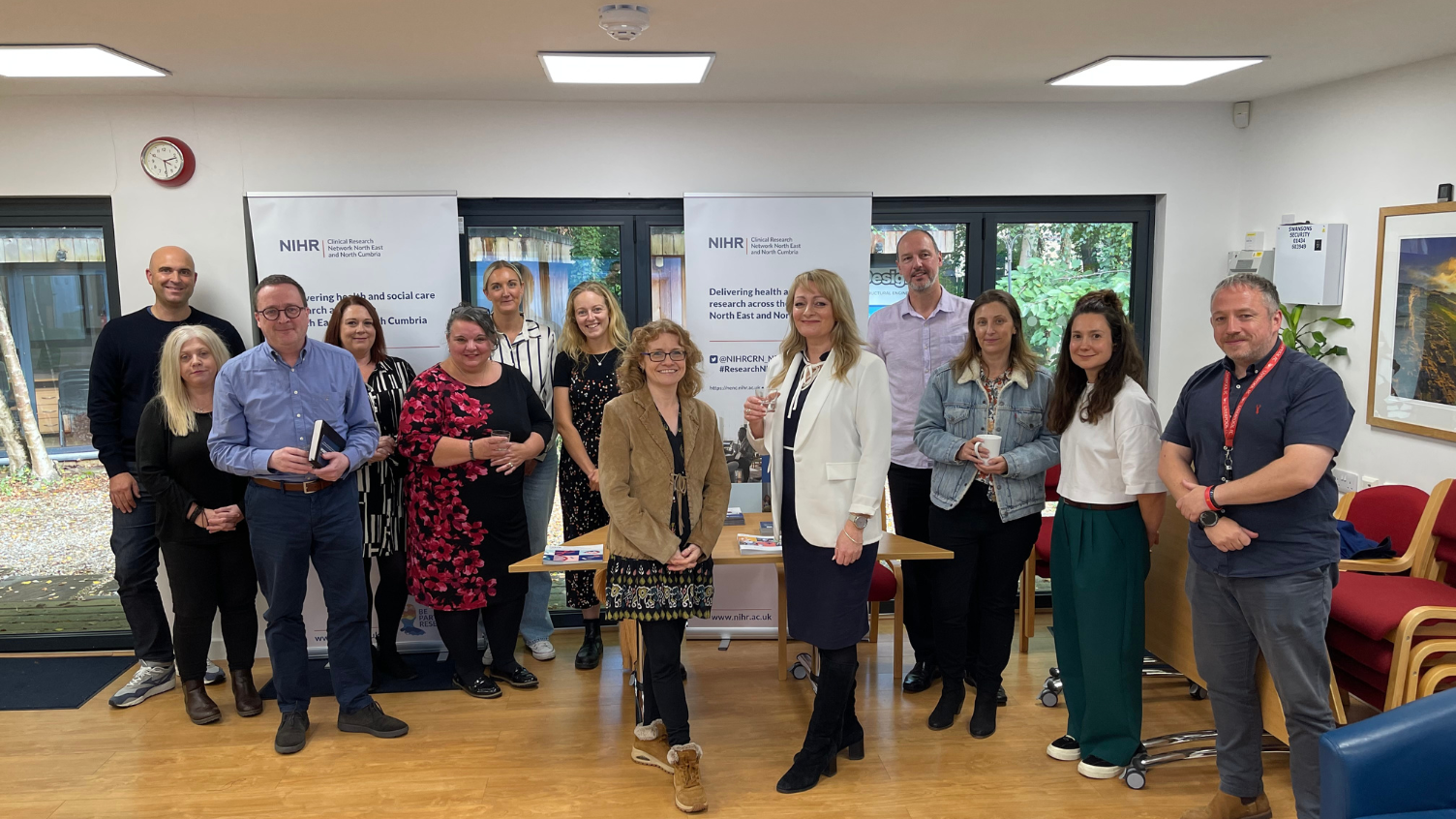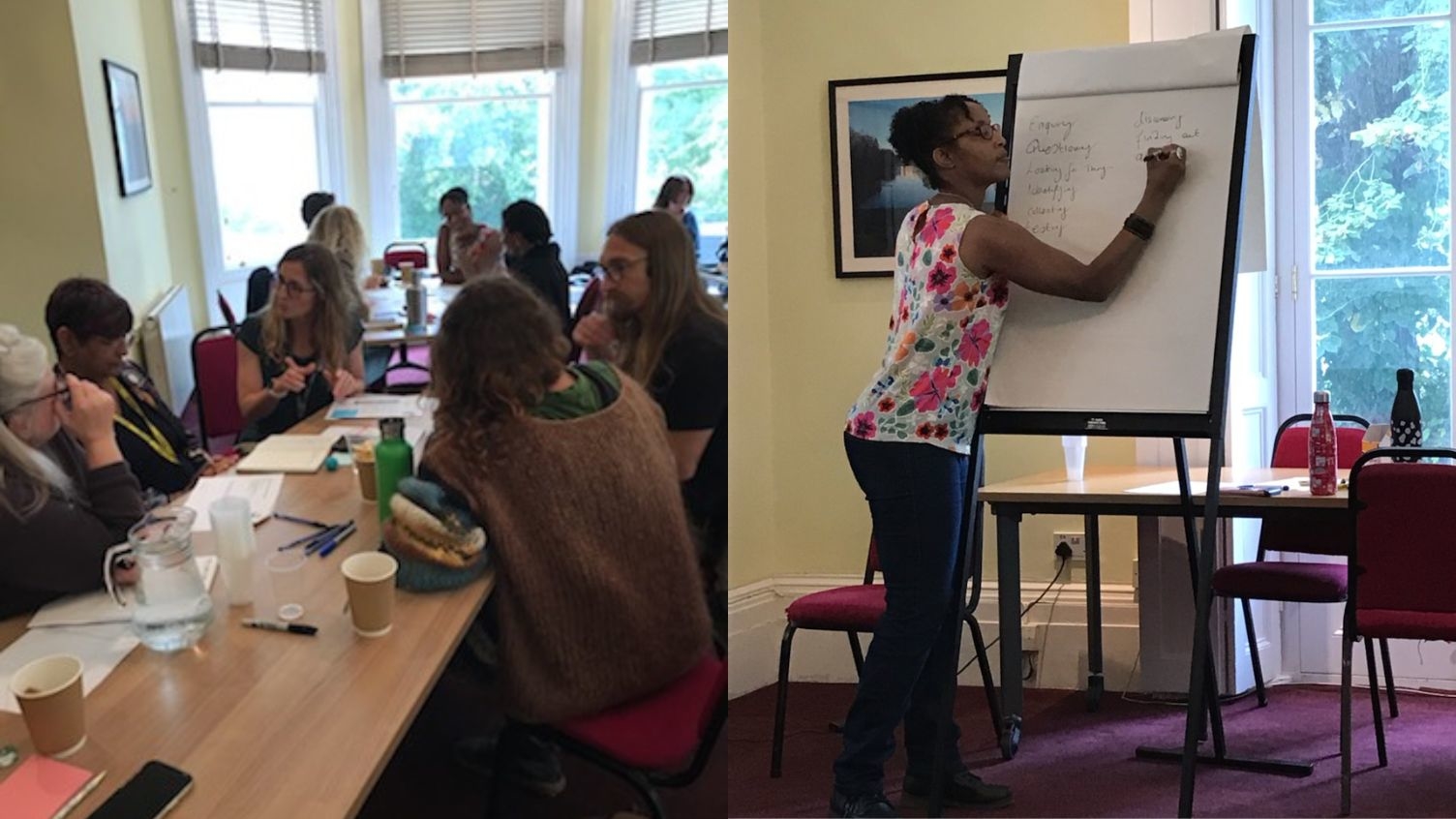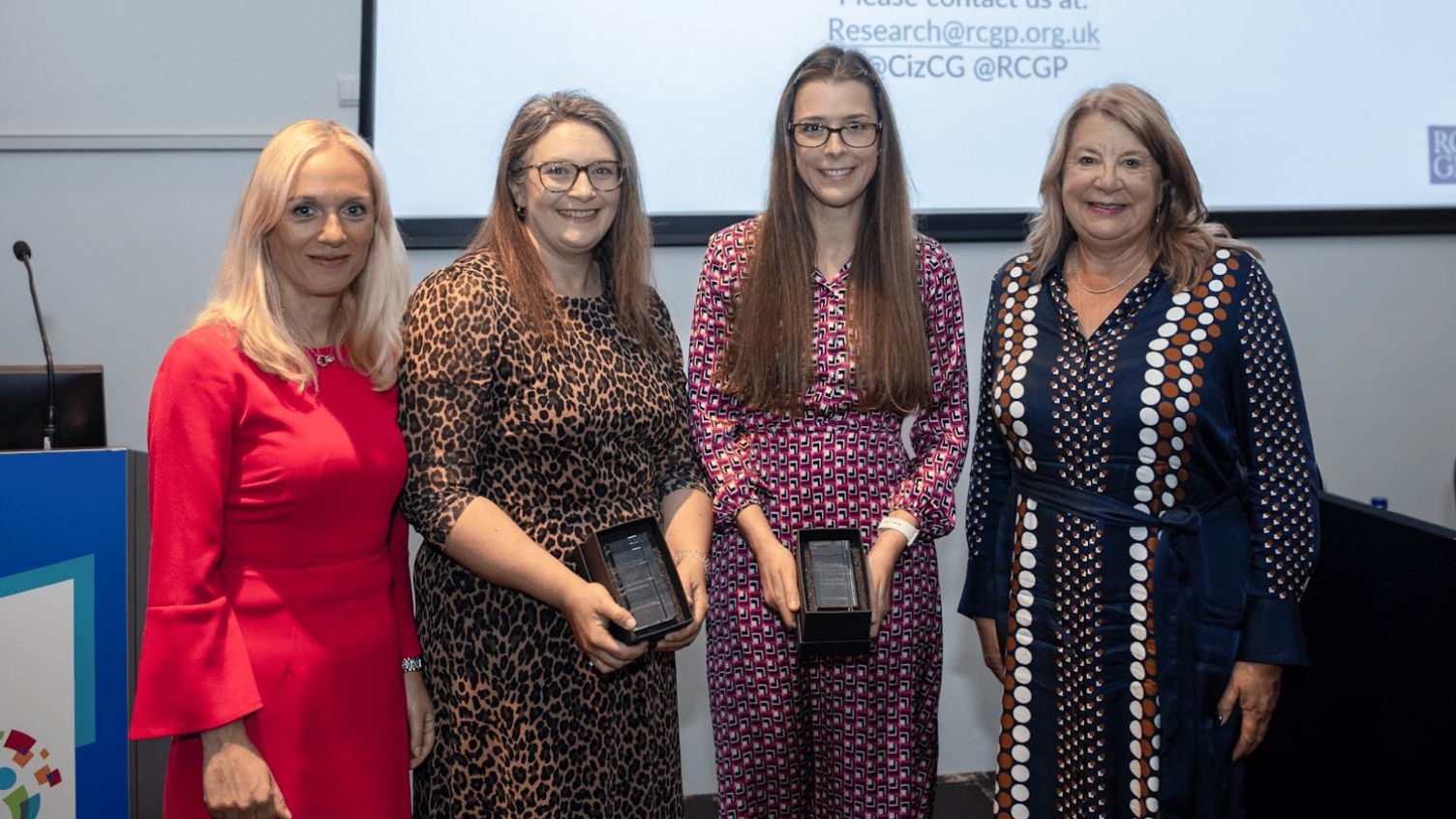10 out of 10: ten of the greatest health-changing research studies, to have taken place in North Thames over ten years of the CRN
- 23 April 2024
- 2 min read
The NIHR Clinical Research Network was formed 10 years ago, in April 2014. To reflect on its mission to support clinical research, we are taking this opportunity to look back on the 10 years of its existence, and revisit some of the incredible research to emerge in the region that has had an impact on treatments and on the health and wellbeing of patients across the UK.
Which aspect of health did this research focus on?
Ophthalmology.
What was the study investigating?
Glaucoma and ocular hypertension were usually treated with eye drops that lower pressure in the eye. Laser treatment is a safe alternative but was not commonly used as the first treatment.
The LiGHT study compared the standard treatment of using daily eye drops with laser treatment to see which was better.
Why does it matter?
Glaucoma is a progressive disease which damages the optic nerve leading to visual loss which, if left untreated, can lead to blindness.
It is the largest cause of blindness in the UK, and affects as many as 2.5% of people aged over 40, and nearly 10% of people aged over the age of 80.
What did the study do?
The LiGHT Study (‘Laser in Glaucoma and Ocular Hypertension’) studied 718 patients with glaucoma or ocular hypertension.
356 patients received laser treatment and 362 were treated with eye drops. The patients were monitored and they were asked to complete a questionnaire about their outcomes after 3 years.
The trial assessed the patients’ sight, and also measured the patients’ quality of life and the cost of treatment.
The study was funded by the NIHR Health Technology Assessment programme and Moorfields Eye Charity.
What did we learn?
The trial found that laser treatment gave patients a much better visual outcome and better quality of life.
It also concluded that laser treatment is more cost effective in the long-term, because of the reduced need for eye drops and hospital visits.
Findings were published in The Lancet.
How has it benefited patient healthcare and treatments?
Patients with glaucoma and ocular hypertension can be treated more effectively and more quickly, with less hospital visits needed and without the need for daily medication.
Reducing the need for eye drops not only reduces costs but also removes the danger of them being less effective due to patients sometimes failing to use them every day.
What next?
Following the study, researchers recommended that laser treatment should be offered as the first-line of treatment for glaucoma, instead of eye drops.
Due to this and other similar studies, the recommendations were adopted and included in the 2022 NICE guidelines.
This is a major update to the national guidelines for NHS care and a change in clinical practice that will have a positive impact on the lives of patients, and the NHS.


